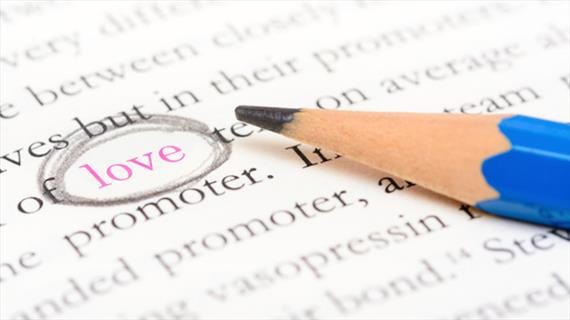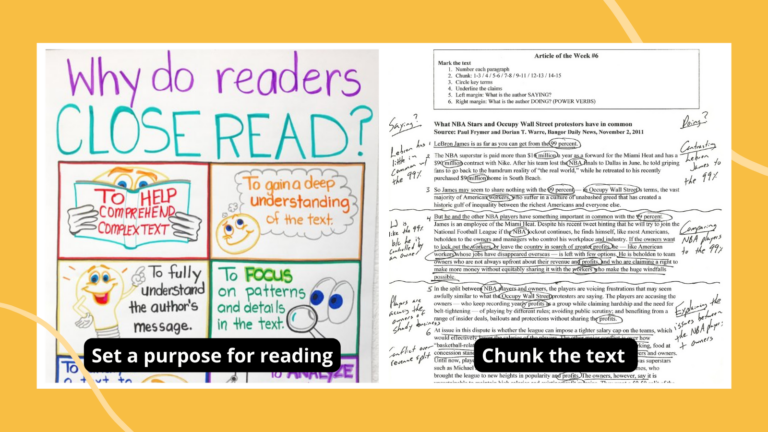In class, close reading, the slow, deliberate, purposeful reading and rereading of text, lends itself to shorter passages. But many of the books that our students read and love are novels. To incorporate close-reading lessons with novels, it’s important to choose the perfect passage. Here are six types of passages that really work for close reading:
- Beginnings
The first pages of any novel are packed with important information, including characters, setting, initial problem, point of view and tone. Sometimes a thorough, close read of a beginning is all students need to read a difficult book. For example, spending time with the start of Catcher in the Rye to make sure students “get” Holden Caulfield’s tone makes the rest of the book more accessible. - Pivotal Plot Points
Throughout any novel, there are moments and events that shape characters. These are worth a close reading so students understand what’s happening and how the author created each shift. They are particularly important in historical fiction, when authors merge historical information with narration. In the novel One Crazy Summer by Rita Williams-Garcia, the chapter “Rally for Bobby” merges information about Bobby Hutton, the Black Panthers, and Delphine’s realizations about her mother and the next steps she wants to take. - Character Changes
Similar to plot points, authors create moments that reveal who characters are, create shifts in a character’s motivation or goals, or change the characters in some way. Close readings of these sections help students follow the characters closely and lead to discussion about what makes characters authentic. For example, when Auggie comes to school on Halloween in Wonder by R. J. Palacio, what happens next is pivotal for the rest of the story.
- High-Density Passages
Authors may pack sections with dense information that’s important to know, for example, when Madeline L’Engle explains the ideas behind Tessering in A Wrinkle in Time. Reading these sections carefully helps students understand the foundational ideas that authors are working with. One caveat: There may be high-density passages that are not worth close readings because they don’t develop the plot. (Think the high-density portions of The Lord of the Rings books.) - Q&A Passages
A Q&A passage is a passage that holds key information about an essential question that you’re working with. Once students know how to attack these portions of text, give them the question and the passage and let them start building arguments for discussion in small groups. In reading A Wrinkle in Time, if students are working with the question Which shapes a person more, contemplation or experience? students will want to pay close attention to how Meg reacts when Charles Wallace becomes possessed. - Only Aesthetics
Some passages just beg to be read aloud. Taking time to slow down and enjoy a portion of text by reading and rereading it aloud and delving into how the author created each sentence and paragraph reminds students that writing is an art. Think reading aloud the description of the Tuck’s house in Tuck Everlasting by Natalie Babbitt or the poems “The Jabberwocky” and “The Walrus and the Carpenter” in Lewis Carroll’s Alice’s Adventures in Wonderland and Through the Looking Glass.
We want to know, what passages do you use in close reading lessons?
Samantha Cleaver is an education writer, former special education teacher and avid reader. Her book Every Reader a Close Reader is scheduled to be published by Rowman and Littlefield in 2015. Read more at her blog cleaveronreading.wordpress.com.

